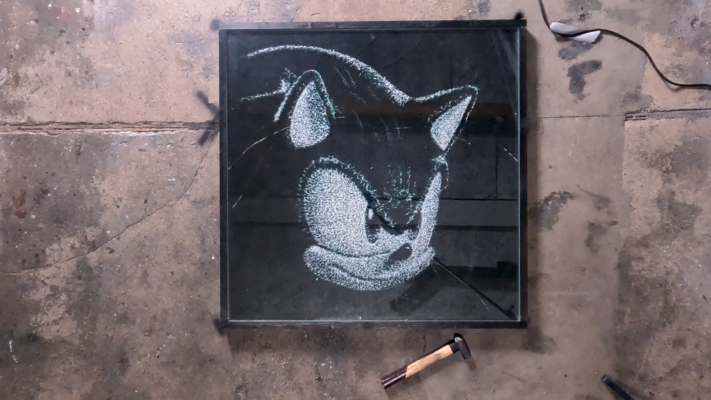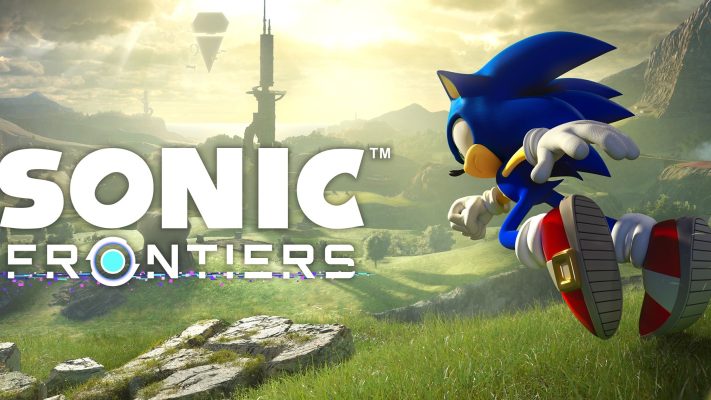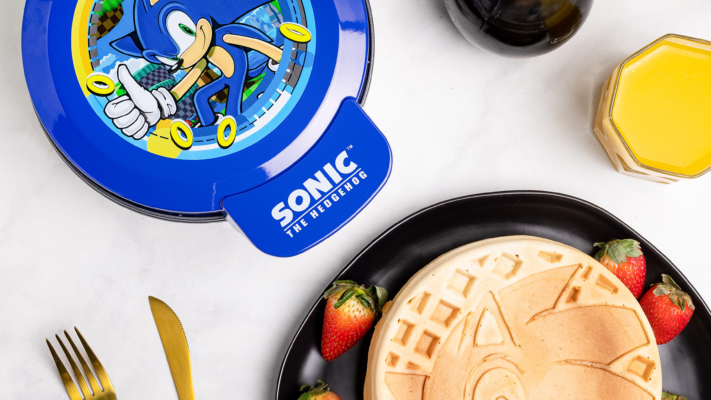Sonic the Hedgehog’s co-creator Naoto Ohshima, a Japanese character designer, shared the fascinating idea that led to the creation of the game.
Despite being one of the most known figures in the video game industry and beyond, Sonic the Hedgehog’s launch title was once intended to be a completely different game. The inspiration for the first Sonic game originally came from a project called Twin Stars, which was to be set in a dreamlike universe, as Ohshima recently stated on Twitter. It was centered on twin brothers who defend a dream realm from Thirteen, an evil boss who sprang from a nightmare world. He presented early concept art that shows how one of the twins has a similar color pattern of red, white, and blue to Sonic — right down to the blue spiky hair — he also explained how this thematically distinct notion grew into Sonic the Hedgehog.
The Roots of Sonic the Hedgehog’s Dream World
More similarities between the two pieces of art provide additional evidence of the game’s progression. For instance, an early piece of Sonic the Hedgehog artwork features the evil glaring figure that can be seen in the concept art for Twin Stars. In the later picture, Sonic can be seen standing beside Twin Stars monster concepts and even Madonna, Sonic’s first human love interest who does not appear in the series. Additionally, Sonic is surrounded by a spherical, mustachioed character who strongly resembles his ultimate foe Dr. “Eggman” Robotnik, while being clothed in a black-and-yellow bee costume.
Ohshima addressed a notion that the first Sonic game was going to be set in an Alice in Wonderland-inspired dream realm and use strange-looking monsters as foes rather than the series’ mechanical bad guys as the tweet thread progressed. Ohshima stated, “It was a gaming concept I came up with on my own. We came together as a team, took on the name Sonic, and the concept of speed and balls was formed and changed to become the present Sonic. I needed time to build a Sonic world after switching to Sonic.” Ohshima claimed that the only elements of Twin Stars that transferred to Sonic were the “smooth landscape, loops, and the fastest run”. He also made it clear that there is no relationship between the original idea for Sonic the Hedgehog and the 1996 Sega Saturn game Nights into Dreams, despite the fact that it is a platformer with similar dreamy themes. “Twin Stars was made around 1989, Nights is irrelevant”.
The year 1991 saw the development of Sonic the Hedgehog, which made its North American Genesis debut in June and was swiftly followed by releases on the Mega Drive in Japan and Europe. The title met Sega’s goal of creating a recognizable mascot and a must-have high-speed platformer for the 16-bit console, giving the business an advantage over Nintendo.
Stay tuned to Sonic City for more Sonic News and Updates!
Source: Naoto Ohshima on Twitter




